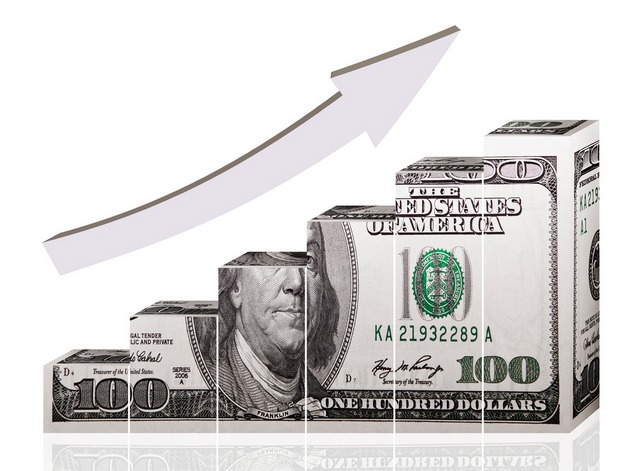Economics is a subject I did not enjoy in college, and still do not enjoy today, as it can be frustratingly complex as well as boring.
Being much more of a “numbers” person, I gravitated towards finance which has much less theory and much more computation resulting in a solution.
The “what ifs” that are found in economics are playing such a strong role in asset valuations today that I felt I had to take the plunge and try to make sense of what all the current financial manipulation is doing to the global economy.

Money Creation
On the surface, I understand why the central banks are doing what they are doing. It is called monetary “stimulus” for a reason.
Economies are struggling to grow, which can destroy any country mired in debt. How are the US Federal Reserve, Bank of Japan, European Central Bank, and other central banks doing it?
There are primarily two strategies: quantitative easing and lowering interest rates.
Money Power
Central banks literally create money out of thin air by buying securities using electronic cash that did not exist before.
This new money increases bank reserves by the “quantity” of assets purchased (i.e. “quantitative” easing).
It is hard to believe this is legal to do as this essentially decreases the value of a dollar you already own, just like inflation decreases your buying power.
Well, in fact, that’s exactly the point as they want to increase inflation. They are just doing it artificially.
Interest Rates
The other strategy, lower interest rates, is a much more obvious way to stimulate economic growth as you are much more likely to take out a loan at 3% than 8%.
This in turn means you will be spending that money on something which should boost the economy.
My question is whether this simply helps today’s numbers while making the future more difficult. You will not hear many financial minds say taking on debt is a good thing long term.
Less than Zero
In researching how widespread this monetary experiment has gone, I was surprised to see that there are a record 23 countries with central bank rates of zero or less and 6 with rates of 1% or less (the U.S. is at 0.5%) as of May 2016.
Is it working? Again, we are talking about the present as the future long-term implications are impossible to predict. We just got the latest reading on US Gross Domestic Product (GDP) for the second quarter and the economy is growing at a 1.2% annual rate.
For reference, the goal is 2% to 4%, so I would say “no” to the above question about central bank policy efficacy (at least here in the U.S.). But on the flip side, we have no reference as to how US growth would look like without the stimulus, so you could also argue that it is working.
Grey Area
Again, this is my problem with economics as there is no black and white answer, which is frustrating.
So can central banks do anything else? In terms of interest rates, the US Federal Reserve concluded in 2010 that -0.35% was the lower bound. How can interest rates be negative? Who wants to pay the government to have it hold their money?
Well, it is rather simple because large amounts of cash usually need to be insured against loss so that negative rate is basically the insurance cost.
Ironically, that -0.35% threshold has already been tested and broken in Europe with several deposit rates below that level. When it comes to quantitative easing, the US Federal Reserve purchased low-risk government bonds.
Helicopter Money
A further and more risky step is buying corporate bonds (European Central Bank) or even stock (Bank of Japan). So what appears to be a more controlled approach to monetary stimulus in the U.S. is starting to appear like the wild, wild west in other parts of the world.
Japan is said to currently be running a QE program that is 3 times more aggressive than the Fed’s QE program that ended in 2014. “Helicopter” money may be next as they still are not getting the results.
What is helicopter money? Don’t laugh but it is the metaphorical idea of printing money and dropping it from the sky.
Photo Credit: 401(K) 2012 via Flickr Creative Commons



